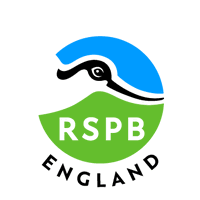
RSPB England
@RSPBEngland
Restoring habitats, saving species and connecting people to the wonder of nature, across England.
Monitored Mon-Fri 9-5.
ID:189900089
http://www.rspb.org.uk 12-09-2010 14:59:05
23,3K Tweets
74,7K Followers
1,2K Following
Follow People

















